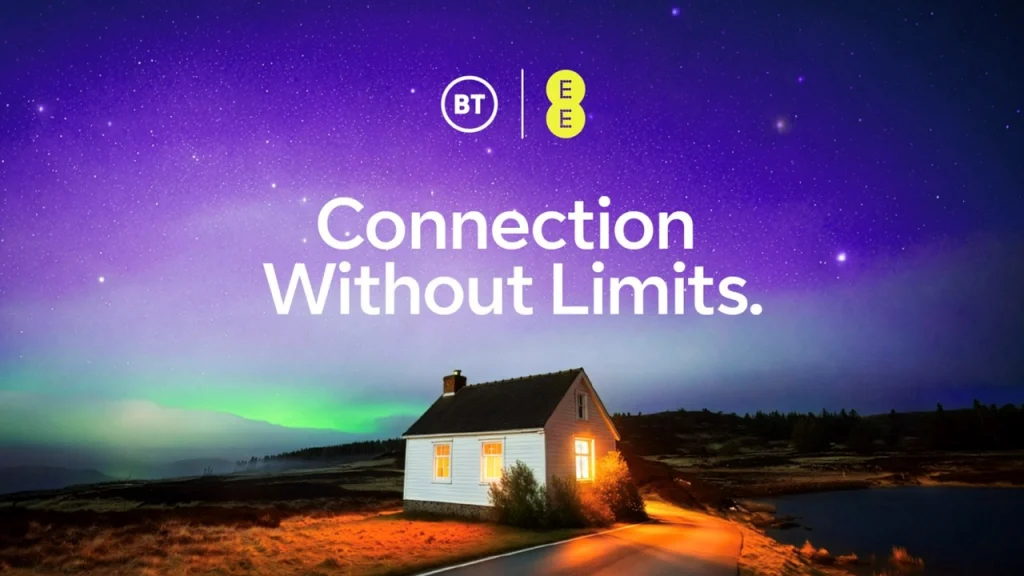- BT will offer Starlink’s LEO satellite service to complement its fibre and mobile networks in regions where traditional infrastructure is hard to deploy.
- Starlink can deliver download speeds of up to 280 Mb/s, though independent measurements show UK median speeds around 86 Mb/s.
What happened: BT teams up with Starlink to expand rural broadband coverage
BT Group has entered into a “landmark” partnership with Starlink, the satellite-internet service operated by SpaceX, to deliver satellite broadband to UK consumers in underserved rural and remote locations.
The service is expected to go live in select areas from the second half of 2026, under the consumer brands that include EE. BT states this will complement its existing fibre-to-the-premises (FTTP) and mobile infrastructure rather than replace it.
Despite the headline figure of up to 280 Mb/s for download speeds via Starlink, independent data from last year shows the UK median downstream speed at about 86 Mb/s.
In tandem with the satellite deal, BT said its FTTP footprint now reaches around 20.3 million premises (residential and business) as part of its long-term target to reach 25 million by the end of 2026 and 30 million by 2030.
Also Read: Taiwan puts Huawei and SMIC on export control list
Also Read: Trump tariffs hit Apple and Samsung as Huawei grows
Why it’s important
The agreement signals a strategic shift for BT in tackling the “digital divide” in areas where laying fibre or other fixed infrastructure is economically or geographically challenging. Satellite broadband allows deployment without needing full ground-network build-out.
For consumers in remote areas, this may mean access to reliable broadband where previously options were limited or sub-standard. The service thus has potential social and economic benefits: enabling home working, streaming, education, and other online services in regions that struggle with connectivity.
From a competitive standpoint, BT is lining up against other UK operators and alternative technologies. The move also underlines that satellite-based broadband is moving from niche to mainstream as part of telco portfolio strategies.
However, the difference between headline speeds and realistic median speeds suggests customers should temper expectations; while 280 Mb/s is technically possible, actual speeds will vary. There is also no direct-to-device satellite offering in this agreement, meaning customers will rely on standard in-home equipment rather than mobile-device connectivity straight to satellite.
For BT, the Starlink deal complements its heavy investment in fibre rollout. But it also raises questions about regulatory, financial and business-case challenges for the final leg of its network build, particularly in light of upcoming regulatory reviews such as the Ofcom Telecoms Access Review (TAR).
Overall, this partnership represents a meaningful step in expanding broadband coverage in the UK’s hardest-to-serve areas, blending existing fibre infrastructure with satellite connectivity to broaden reach and improve reliability.

